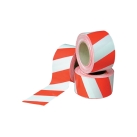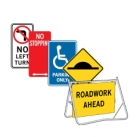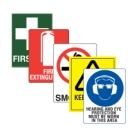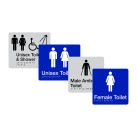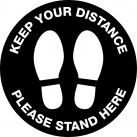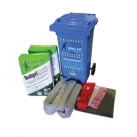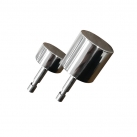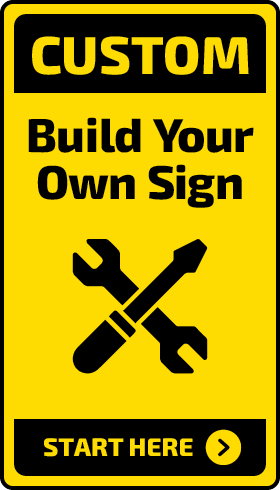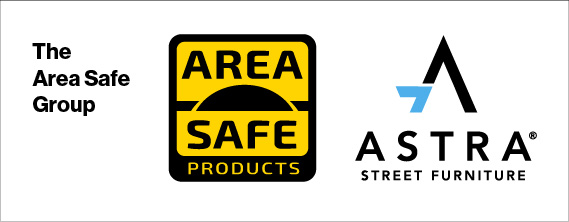How to Choose the Right Bollard for Your Business




When it comes to safety and managing traffic around your business, selecting the right bollard is an important decision.
Bollards serve various purposes, from directing vehicle and pedestrian flow to providing essential protection against unauthorised access and potential accidents.
This guide is dedicated to deepening your comprehension of bollards, detailing the types, and assisting in making an informed choice suitable for your specific requirements.
What Are Bollards and Their Use?
The term “bollard” originates in the word “bole,” which refers to a tree's trunk.
Historically, bollards are defined as short, sturdy, vertical posts, a name that traces back to the term “bole,” which denotes the solid trunk of a tree.
They are installed to control or direct road traffic.
They can also be used to protect buildings and pedestrians from vehicle intrusions.
Bollards are typically made of metal, concrete, or plastic and come in various designs and sizes to suit different purposes.
Their uses include:
● Traffic management: Directing vehicles in parking lots or on roadways.
● Security: Preventing unauthorised vehicle access to certain areas.
● Property protection: Guarding buildings, windows, and other structures from accidental vehicle damage.
● Pedestrian safety: Creating a safe walkway for people by keeping vehicles at a distance.
Types of Bollards
Understanding the types of bollards for businesses is crucial to making an informed decision. Here are the main types:
- Fixed Bollards: These are permanently installed and are ideal for high-security areas. They are robust and can withstand significant impact.
- Removable Bollards: These can be taken out when needed, offering flexibility in areas that occasionally require vehicle access.
- Retractable Bollards: These can be lowered into the ground or raised when needed. They are great for areas where vehicle access needs to be controlled frequently.
- Automatic Bollards: These are motorised and can be controlled remotely, providing high convenience and security.
- Flexible Bollards: Made from materials that can bend on impact and return to their original shape, these are perfect for areas with heavy pedestrian traffic to prevent injuries.
- Decorative Bollards: These serve functional and aesthetic purposes, adding to a space's visual appeal while providing protection.
Guide to Selecting Bollards for Your Business
Selecting the right bollard involves considering several factors. Here's a detailed guide to selecting bollards:
1. Load Capacity Consideration
The load capacity of a bollard refers to how much impact it can withstand. This is particularly important if the bollards are intended to stop vehicles.
For instance, bollards protecting a storefront from potential car accidents should have a high load capacity.
Consider the type of vehicles in your area – a parking lot with heavy trucks requires stronger bollards than one used primarily by cars.
2. Quality Checking
Quality is a fundamental aspect when choosing safety bollards. Look for bollards made from durable materials like steel or high-strength concrete.
The finish is also essential; galvanised or powder-coated bollards resist rust and corrosion, making them suitable for outdoor use.
Check for certifications or standards the bollard meets, ensuring they adhere to industry safety requirements.
3. Structure Wise Strength
The structural strength of a bollard determines its ability to remain intact under stress. This includes the bollard's design and the material used.
Bollards with a thicker diameter and robust anchoring systems offer more strength.
4. Size
Size matters when selecting bollards. The diameter and height of a bollard should be proportionate to its intended use. Larger bollards provide more visibility and deterrence for vehicles.
Measure the area where the bollards will be installed to ensure they fit well without obstructing pedestrian pathways.
5. Height
The height of a bollard affects its visibility and effectiveness. Taller bollards are more noticeable to drivers, which can prevent accidents.
However, in areas with heavy foot traffic, you prefer shorter bollards that don't impede pedestrians' view or movement.
Standard heights range from 30 to 48 inches, but the specific requirement depends on the location and purpose.
6. Does It Fulfil Purpose?
The most crucial question when selecting a bollard is whether it fulfils its intended purpose.
Identify the primary reason for the bollard – is it for traffic control, security, or apparent enhancement?
A business bollard selection tip suggests that functional needs should always take precedence.
For example, decorative bollards are ideal for adding visual appeal, but they might not provide the necessary protection against vehicle collisions.
Wrap Up
Choosing the right bollard for your business is essential for safety and functionality. By understanding the types of bollards for businesses and following this guide, you can make an informed decision that meets your needs.
Consider factors like load capacity, quality, structural strength, size, height, and whether the bollard fulfils its purpose.
This approach ensures that your investment in bollards will provide your business with the desired protection and benefits.
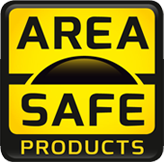
 Speed of Service
Speed of Service Easy Systems
Easy Systems Product Designs & Developers
Product Designs & Developers Car Park Protection
Car Park Protection 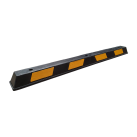
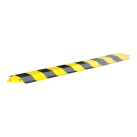


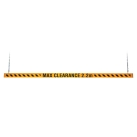
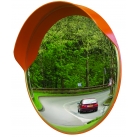
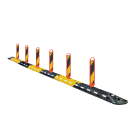
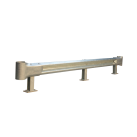
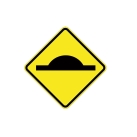
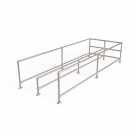
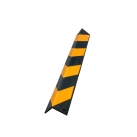
 Industrial Safety
Industrial Safety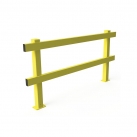
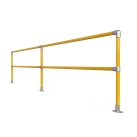


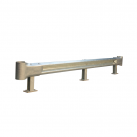
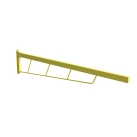
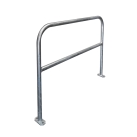
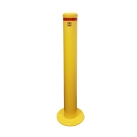
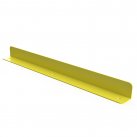

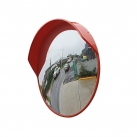
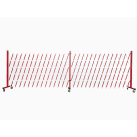
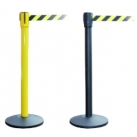
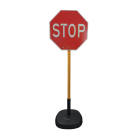

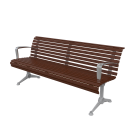 Urban Furniture
Urban Furniture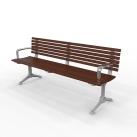
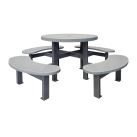
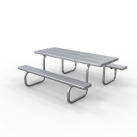

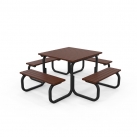
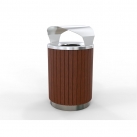
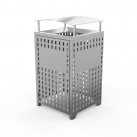

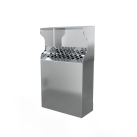
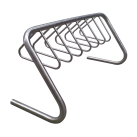
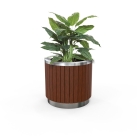
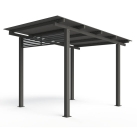
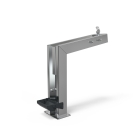
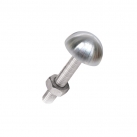
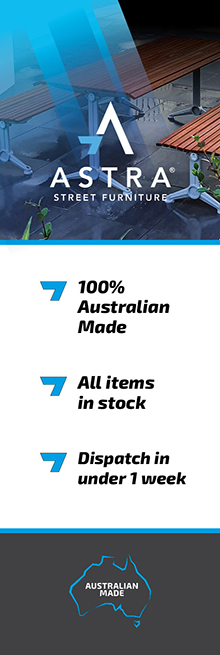
 Pedestrian Barriers
Pedestrian Barriers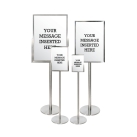
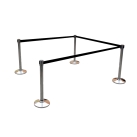

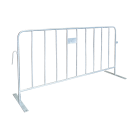

 Matting, Ramps & Tactiles
Matting, Ramps & Tactiles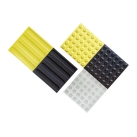
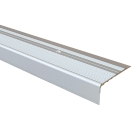
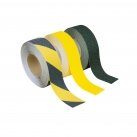
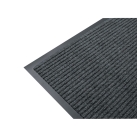
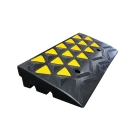
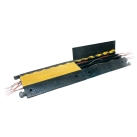
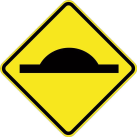 Signage & Safety
Signage & Safety 